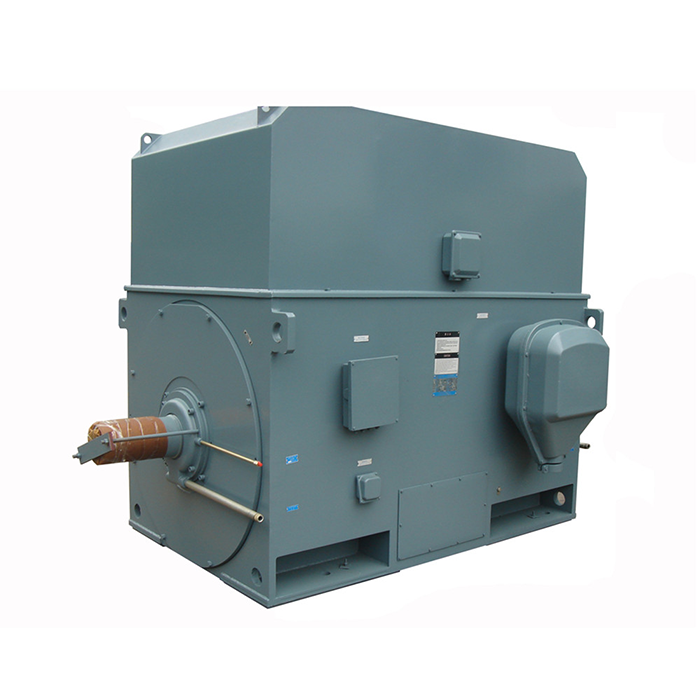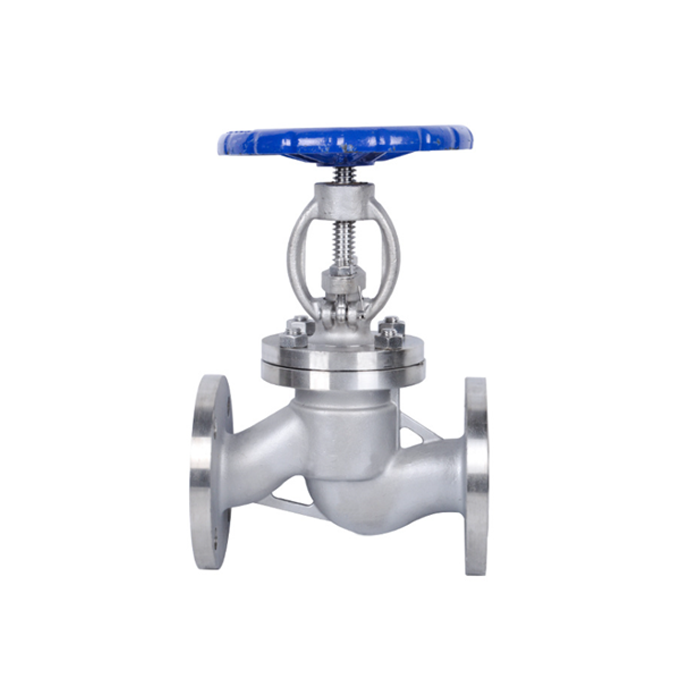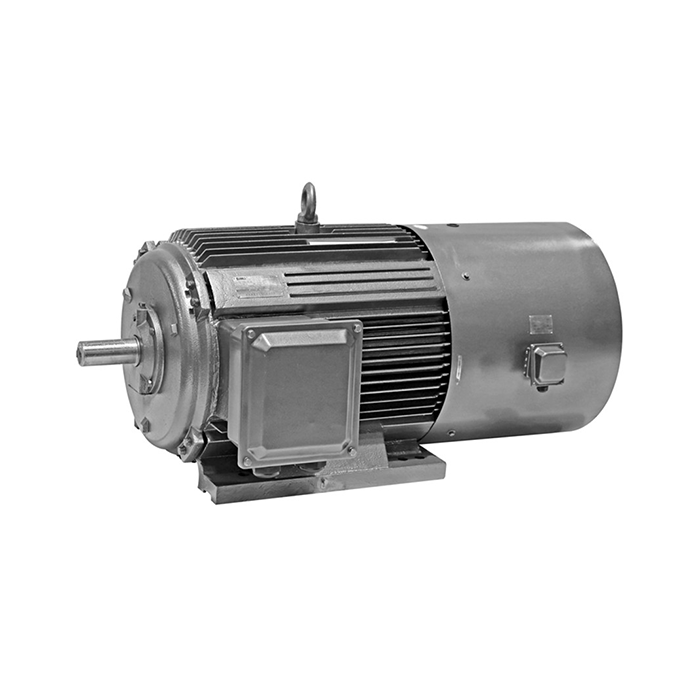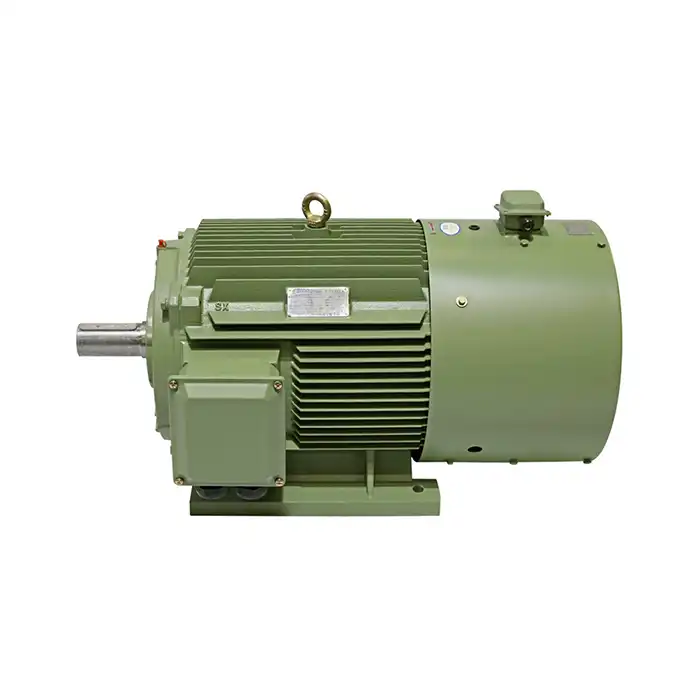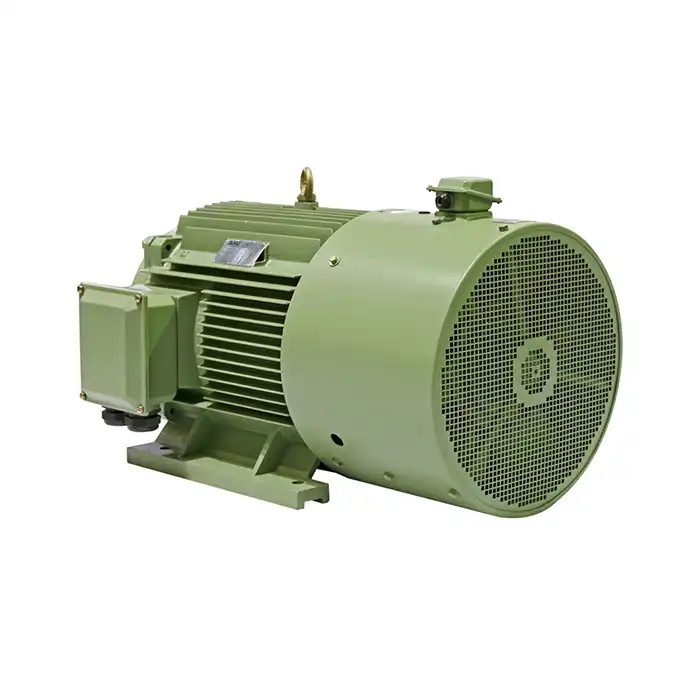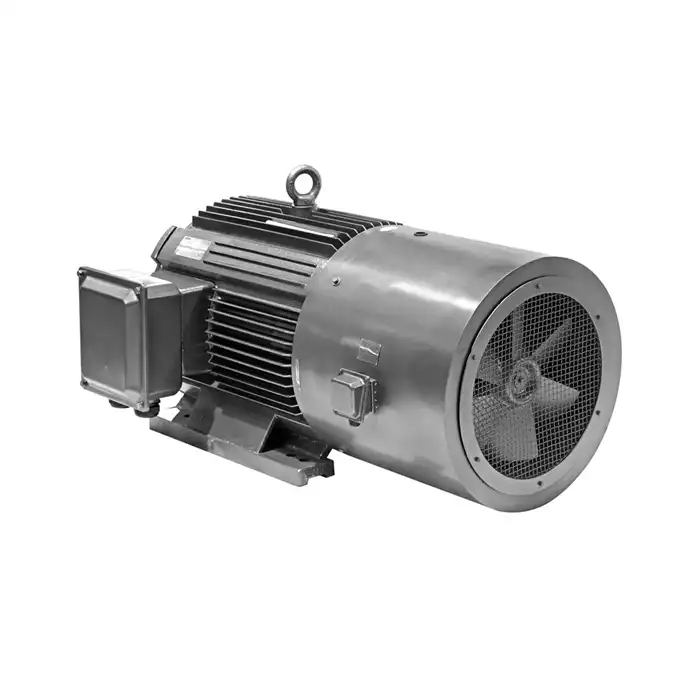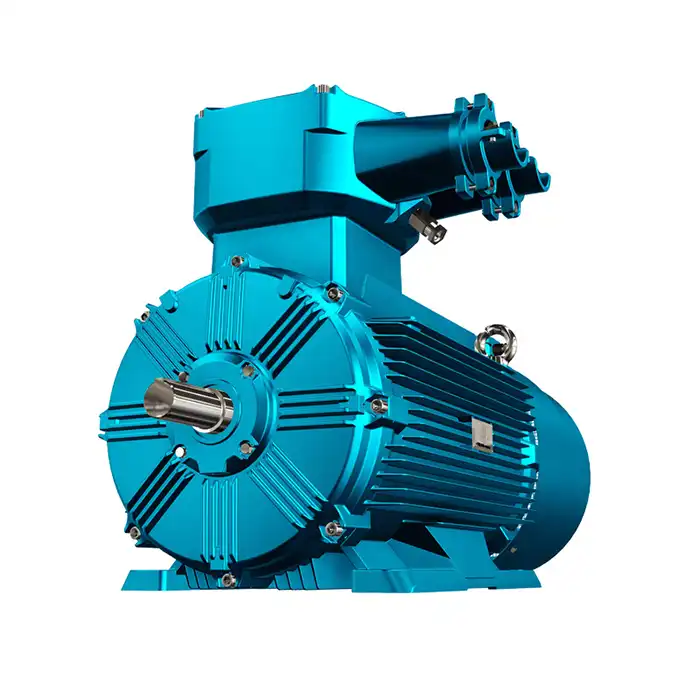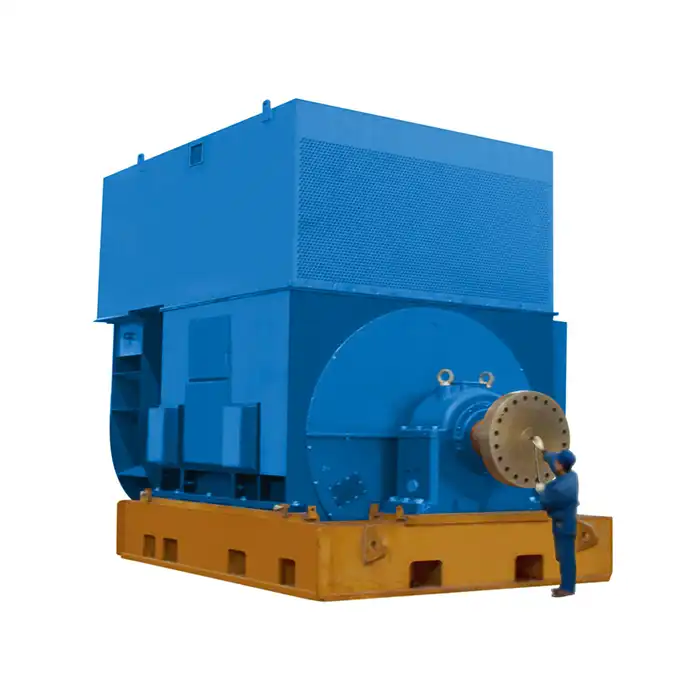The Science Behind Water Cooling Systems
The principle of heat transfer is the foundation upon which electric motors that are cooled by water work. These systems efficiently dissipate the excessive heat that is produced during operation by flowing water via a cooling jacket that encircles the motor.
Heat Generation in Electric Motors
The production of heat is an unavoidable consequence of the operation of electric motors. This heat originates from three sources in the majority of cases:
- Electrical losses in the windings: When current flows through the windings, electrical resistance causes energy to be dissipated as heat. This is a natural byproduct of the electrical resistance in the motor’s windings.
- Magnetic losses in the core: The motor’s core material undergoes magnetization and demagnetization as it operates. This process results in energy losses in the form of heat, which is particularly prevalent in motors with high operating speeds.
- Mechanical losses due to friction: Friction between moving parts, such as bearings and shafts, generates heat. This type of loss can be minimized by proper lubrication and maintenance of the motor’s mechanical components.
If this heat is not properly managed, it can result in decreased efficiency and possible damage to the motor components.
Advantages of Water Cooling
There are a number of benefits associated with water cooling as opposed to conventional air cooling:
- Higher heat capacity: Water can absorb more heat than air, making it more efficient at cooling.
- Compact design: Water cooled electric motors can be smaller than air-cooled motors of equivalent power.
- Quieter operation: The elimination of cooling fans results in reduced noise levels.
- Consistent cooling: Water cooling is less affected by ambient temperature fluctuations.
Components of a Water Cooling System
A conventional water cooling system in an electric motor is typically comprised of the following components:
- Cooling jacket: A chamber surrounding the motor stator
- Inlet and outlet ports: For water circulation
- Water pump: To circulate the coolant
- Heat exchanger: To dissipate heat from the coolant
- Thermostat: To regulate coolant temperature
Coolant Flow Patterns and Heat Dissipation
The flow patterns of the coolant inside the cooling jacket have a significant impact on the efficiency of a water cooled electric motor. The purpose of these designs is to ensure that the motor transfers as much heat as possible to the coolant.
Types of Coolant Flow Patterns
There are a number of different coolant flow patterns that are frequently employed in water cooled motors.
- Axial flow: Coolant flows parallel to the motor shaft
- Radial flow: Coolant flows perpendicular to the motor shaft
- Spiral flow: Coolant follows a helical path around the motor
Each pattern has its respective advantages, and the decision regarding which pattern to use is based on the particular requirements of the motor design and application.
Heat Transfer Mechanisms
There are three main mechanisms by which heat dissipation takes place in water cooled motors:
- Conduction: Heat transfer through direct contact between motor components and the cooling jacket
- Convection: Heat transfer from the cooling jacket to the flowing coolant
- Radiation: Heat transfer through electromagnetic waves (less significant in water cooling)
Factors Affecting Heat Dissipation
There are a number of factors that affect the efficiency of heat dissipation in water cooled motors:
- Coolant flow rate: Higher flow rates generally improve heat transfer
- Coolant temperature: Lower inlet temperatures increase cooling capacity
- Cooling jacket design: Optimized geometry enhances heat transfer
- Coolant properties: Thermal conductivity and specific heat capacity of the coolant
Monitoring and Controlling Motor Temperature
Effective thermal management in water cooled electric motors requires continuous monitoring and control of motor temperature.
Temperature Sensing Technologies
Various sensors are used to monitor motor temperature:
- Resistance Temperature Detectors (RTDs): Provide accurate temperature measurements
- Thermocouples: Offer wide temperature range and fast response
- Thermistors: Cost-effective option for temperature sensing
Temperature Control Strategies
Temperature control in water cooled motors typically involves:
- Adjusting coolant flow rate: By regulating the flow rate of the coolant, you can control the rate at which heat is carried away from the motor. A higher flow rate usually results in more efficient cooling, while a lower rate may lead to insufficient heat dissipation.
- Regulating coolant inlet temperature: Controlling the temperature of the coolant before it enters the motor ensures that the cooling system operates within its optimal range. This helps prevent overheating and ensures that the motor stays within safe operating limits.
- Modulating motor load to manage heat generation: Controlling the temperature of the coolant before it enters the motor ensures that the cooling system operates within its optimal range. This helps prevent overheating and ensures that the motor stays within safe operating limits.
Thermal Protection Systems
To prevent overheating and potential damage, water cooled motors are equipped with thermal protection systems that may include:
- Temperature alarms: Alert operators to abnormal temperature conditions
- Automatic shutoff: Stops the motor if critical temperature thresholds are exceeded
- Coolant flow monitors: Ensure adequate coolant circulation
Conclusion
Water cooled electric motor thermal management is a complicated process that needs careful planning, effective heat transfer mechanisms, and high-tech control and monitoring systems. These motors can work more efficiently and in harsher conditions than their air-cooled counterparts because they can handle heat better.
When you combine the science behind water cooling systems with advanced temperature control strategies and the best ways to let coolant flow, you can precisely manage temperature. Not only are the motors more efficient, but they are also more reliable and last longer.
We can expect water cooling systems for electric motors to get better as technology advances. This could lead to designs that are even smaller, more powerful, and more energy-efficient in the future.
Optimize Your Motor Performance with XCMOTOR's Water Cooled Solutions
Shaanxi Qihe Xicheng Electromechanical Equipment Co.,Ltd. is a company that specializes in selling high-quality water cooled electric motors that work well and are reliable. Our cutting-edge thermal management solutions make sure that motors work at their best and last as long as possible, even in the toughest situations. Feel the difference of better cooling technology today and make your business more efficient.Contact our expert team at xcmotors@163.com to learn how our water cooled electric motors can power your success. Trust XCMOTOR - your reliable water cooled electric motor manufacturer.
References
1. Johnson, R. (2019). Thermal Management in Electric Motors: Principles and Applications. Journal of Electrical Engineering, 45(3), 178-192.
2. Smith, A. & Brown, B. (2020). Water Cooling Systems for High-Performance Electric Motors. Industrial Cooling Technologies, 7(2), 89-105.
3. Lee, C. et al. (2018). Comparative Analysis of Air and Water Cooling in Electric Motor Applications. International Journal of Thermal Sciences, 132, 78-94.
4. Garcia, M. (2021). Advanced Temperature Control Strategies for Water Cooled Electric Motors. IEEE Transactions on Industrial Electronics, 68(9), 8765-8779.
5. Wilson, D. & Taylor, E. (2017). Heat Transfer Mechanisms in Water Cooled Electric Motors: A Comprehensive Review. Applied Thermal Engineering, 112, 1283-1299.
6. Zhang, Y. et al. (2022). Optimization of Coolant Flow Patterns in Water Cooled Electric Motors. Energy Conversion and Management, 253, 115175.



